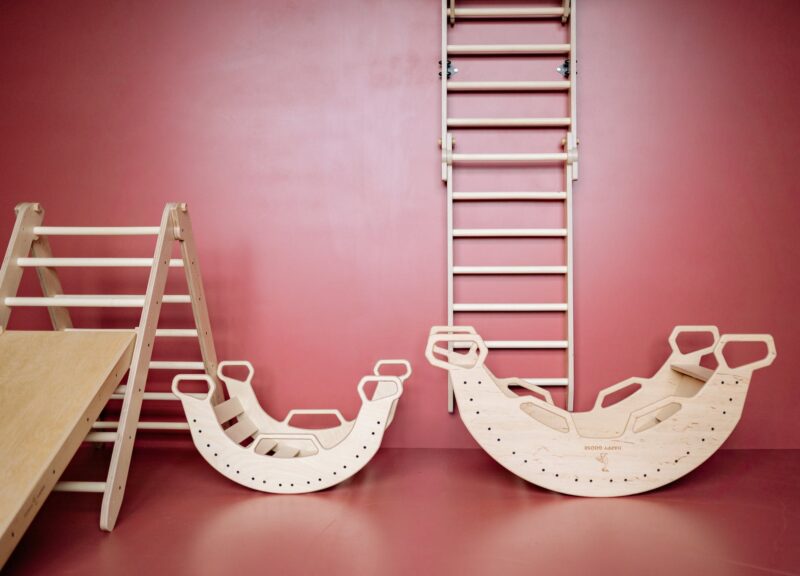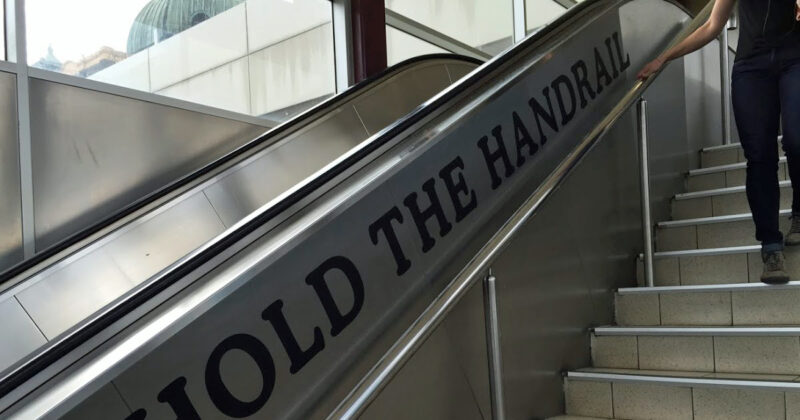When it comes to navigating vertical spaces, we often rely on two common options: stairs and ladders. Both have their advantages and disadvantages, but which one is truly more practical and fun? In this blog post, we’ll explore the pros and cons of stairs and ladders to help you decide which option is best suited for your needs.

Practicality
Stairs are a common feature in most buildings, offering a convenient and practical way to move between different levels. They are designed with safety in mind, providing a stable and secure path for individuals of all ages. Whether you’re carrying groceries, moving furniture, or simply going about your daily routine, stairs offer a reliable means of vertical transportation.
Ladders, on the other hand, are more commonly associated with specific tasks or situations. They are portable and lightweight, making them ideal for reaching high places or accessing tight spaces. However, ladders can be less practical for frequent use or when carrying heavy objects. They require more effort to climb and can be less stable than stairs.
However, they have different advantages and disadvantages in terms of practicality and fun. Stairs are generally more practical than ladders, as they are easier to climb, safer to use, and more accessible for people with disabilities or mobility issues. Stairs also offer more space for decoration, storage, or seating. Ladders, on the other hand, are more fun than stairs, as they can create a sense of adventure, challenge, or novelty. Ladders can also save space, as they can be folded, retracted, or hung on the wall. Ladders are more suitable for places where stairs are not feasible, such as attics, lofts, or bunk beds.
Safety

When it comes to safety, stairs have the upper hand. They are designed with handrails, non-slip surfaces, and evenly spaced steps to minimize the risk of accidents. Stairs also provide a wider surface area for your feet, ensuring stability and balance as you ascend or descend. Whether you’re young or old, stairs offer a secure and reliable option for vertical movement.
Related:
Ladders, on the other hand, require caution and proper usage to ensure safety. They lack the stability and support of stairs, making them potentially hazardous if not used correctly. It’s essential to choose the right ladder for the task at hand, ensuring it’s in good condition and properly positioned. While ladders can be safe when used properly, they require more attention and care compared to stairs.
Flexibility
Stairs are a fixed feature of a building, limiting their flexibility. They are designed to connect specific levels and cannot be easily moved or adjusted. However, stairs offer a sense of permanence and stability, making them a reliable long-term solution for vertical movement.
Ladders, on the other hand, are highly flexible and portable. They can be easily moved and adjusted to reach different heights or access various areas. This flexibility makes ladders a popular choice for tasks such as painting, cleaning, or reaching items on high shelves. Ladders offer convenience and adaptability, allowing you to tackle different vertical challenges with ease.
Fun Factor
While practicality is essential, we can’t forget about the fun factor. Stairs may not be the most exciting option, but they offer a sense of stability and familiarity. Walking up and down stairs can be a calming and meditative experience, allowing you to appreciate the rhythm and movement of your body.
Ladders, on the other hand, can add an element of adventure and excitement to your day. Climbing a ladder can make you feel like a kid again, reminding you of childhood treehouse escapades or playful exploration. There’s something inherently thrilling about ascending to new heights, even if it’s just to change a light bulb.
Stairs can be fun for children, who can slide down the bannister, play games like hopscotch or skipping, or create forts or hideouts under the stairs. Stairs can also be fun for adults, who can use them for exercise, relaxation, or romance.
Ladders can be fun for adventurous people, who can enjoy the thrill of climbing up or down, or the challenge of overcoming their fear of heights. Ladders can also be fun for creative people, who can use them for decoration, art, or design. Ladders can create a sense of curiosity, mystery, or excitement, as they can lead to unexpected places or views.
Conclusion
When it comes to choosing between stairs and ladders, practicality and personal preference play a significant role. If you’re looking for a reliable and safe option for everyday vertical movement, stairs are the way to go. However, if you need flexibility and portability for specific tasks or projects, ladders offer a convenient solution.
Ultimately, the choice between stairs and ladders depends on your needs and the specific context. Whether you prefer the stability of stairs or the adventure of climbing a ladder, both options have their unique benefits. So, next time you encounter a vertical challenge, consider your options and make the choice that suits you best!
Frequently Asked Question
Stairs are a permanent structure consisting of a series of steps, providing a safe and easy ascent and descent between floors or over an obstacle. Ladders are portable devices consisting of two side rails connected by rungs, used for climbing up or down a vertical surface.
Stairs are meant for daily use and can accommodate more foot traffic than ladders. They are also more comfortable and convenient, as they allow users to carry items or use their hands freely. Stairs can also enhance the aesthetic and architectural design of a building or structure.
Ladders are more versatile and flexible than stairs, as they can be moved and adjusted to different heights and angles. They are also more space-efficient and cost-effective, as they require less material and installation. Ladders can also access areas that stairs cannot, such as roofs or attics.
Stairs and ladders both pose some risks of falls or injuries, so users should follow some safety precautions when using them. For stairs, users should ensure that the steps are stable, slip-resistant, and well-lit. They should also use handrails and avoid running or jumping on the stairs. For ladders, users should inspect the ladder before use, choose the right type and size for the task, and secure the ladder properly. They should also maintain three points of contact, avoid overreaching, and wear appropriate footwear.
Stairs and ladders can be found in various settings and scenarios, depending on the purpose and preference of the users. For example, stairs are commonly used in residential and commercial buildings, as they provide easy access to different floors and rooms. Ladders are commonly used in industrial and construction sites, as they enable workers to reach high or hard-to-reach areas. Some other examples are bunk beds, which can have either stairs or ladders for children to climb up and down, and fire escapes, which can have either stairs or ladders for emergency exits.












1 comment
Thanks for sharing. I read many of your blog posts, cool, your blog is very good.